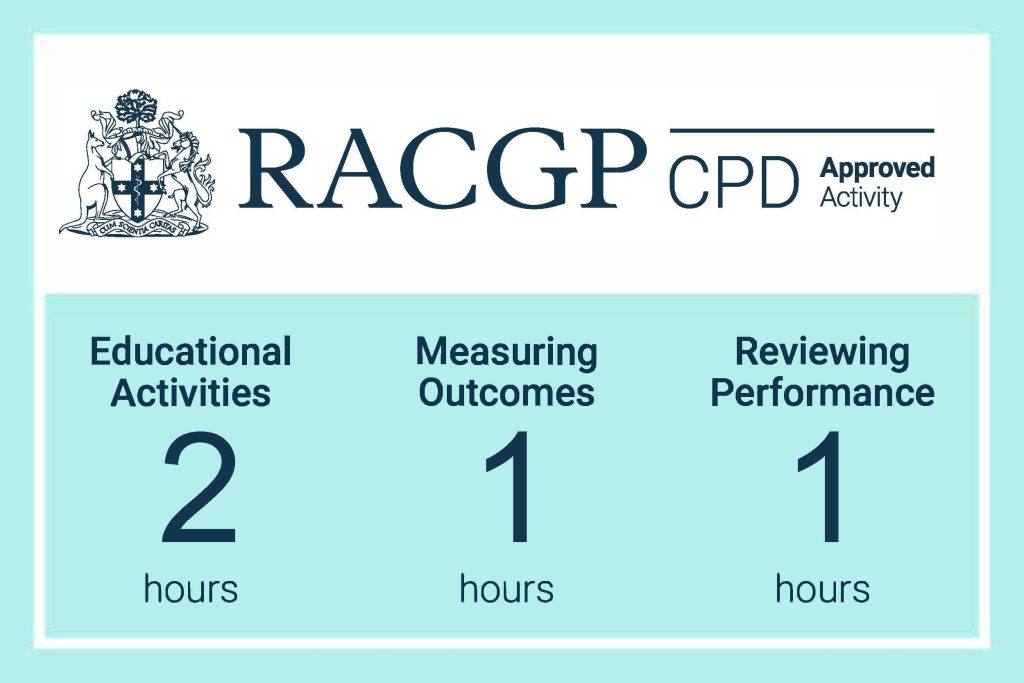Articles / Treating depression in MI patients saves lives

0 hours
These are activities that expand general practice knowledge, skills and attitudes, related to your scope of practice.
0 hours
These are activities that require reflection on feedback about your work.
0 hours
These are activities that use your work data to ensure quality results.
These are activities that expand general practice knowledge, skills and attitudes, related to your scope of practice.
These are activities that require reflection on feedback about your work.
These are activities that use your work data to ensure quality results.
Effectively treating depression in patients who have just experienced a heart attack will not only improve their quality of life, it could well improve their mortality, new research from Korea suggests.
Among 300 patients who had recently experienced acute coronary syndrome and had depression as a comorbidity, those randomised to a 24-week course of escitalopram were 30% less likely to have a major adverse cardiac event over a median of eight years compared with those given placebo.
In actual numbers, 40.9% (61) of the 149 patients given escitalopram had a major adverse event (including cardiac death, MI or PCI) over the period of follow-up compared with 53.6% (81) of the placebo group (151 patients), according to the study findings published in JAMA.

Menopausal Hormone Therapy - What Dose of Estrogen is Best?

Cardiovascular Benefits of GLP1s – New Evidence

Oral Contraceptive Pill in Teens

RSV and the Heart


Modified but kept in place
Eliminated entirely without replacement
Maintained as is
Completely replaced with an alternative system
Listen to expert interviews.
Click to open in a new tab
Browse the latest articles from Healthed.
Once you confirm you’ve read this article you can complete a Patient Case Review to earn 0.5 hours CPD in the Reviewing Performance (RP) category.
Select ‘Confirm & learn‘ when you have read this article in its entirety and you will be taken to begin your Patient Case Review.
Menopause and MHT
Multiple sclerosis vs antibody disease
Using SGLT2 to reduce cardiovascular death in T2D
Peripheral arterial disease
